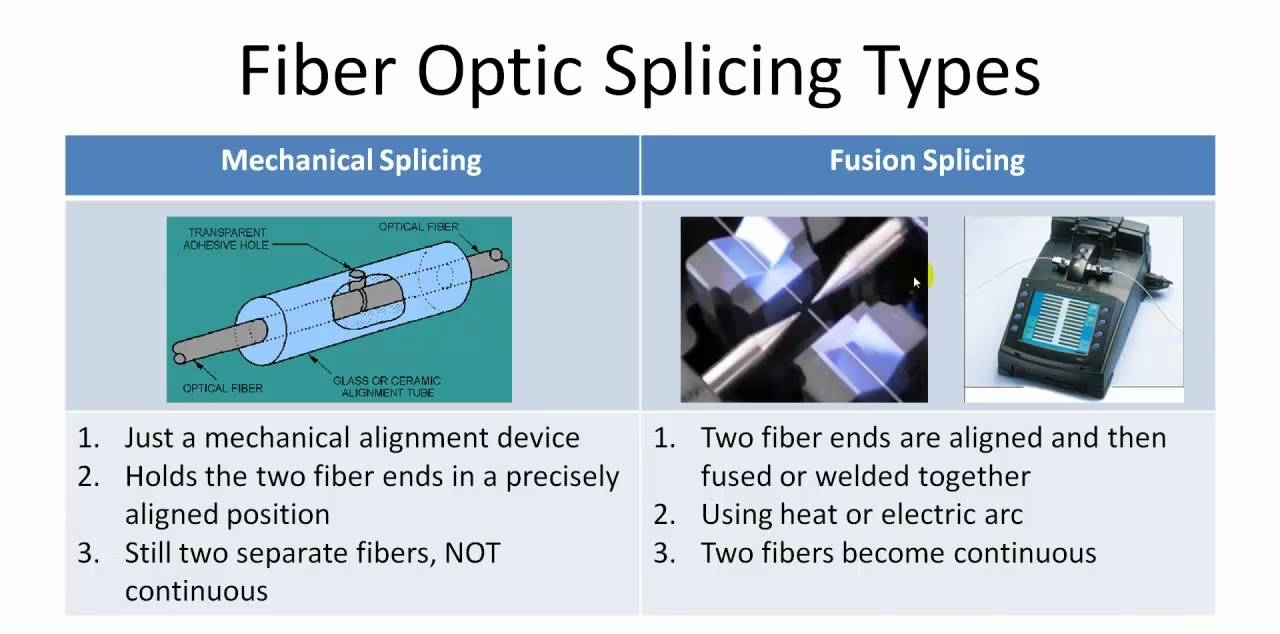In the world of telecommunications, fiber optic cables have become the gold standard for high-speed data transmission. These cables are made of thin strands of glass or plastic fibers that are bundled together to create a data highway that can transmit vast amounts of data over long distances. However, to ensure uninterrupted connectivity, these cables must be spliced together with utmost precision.
Splicing is the process of joining two fiber optic cables to create a continuous connection. It involves carefully aligning the ends of the two cables and fusing them together to create a seamless, low-loss connection. While the process may seem straightforward, it requires a high degree of skill and expertise to achieve the desired results.
To begin the process, the technician first strips the protective coatings from the two fiber optic cables to expose the bare fibers. The fibers are then cleaned and cleaved using a specialized tool to create a flat, smooth end. The technician then aligns the two fibers using a microscope and splices them together using a fusion splicer, which uses an electric arc to melt the fibers and fuse them together.
Once the fibers are fused, the technician carefully inspects the splice to ensure that it meets the required standards. This involves checking for any signs of light leakage, which can indicate an imperfect splice. The technician may also perform a series of tests to measure the loss of signal and ensure that the splice is performing optimally.
Overall, splicing fiber optic cables is a complex process that requires a high level of expertise and precision. However, with the right tools and techniques, technicians can ensure seamless connectivity and reliable data transmission over long distances.
Types of Splicing
There are two splicing methods, mechanical or fusion. Both ways offer much lower insertion loss than fiber optic connectors.
Mechanical splicing
Optical cable mechanical splicing is an alternative technique that does not require a fusion splicer.
Mechanical splices are splices of two or more optical fibers that align and place the components that keep the fibers aligned by using an index matching fluid.
Mechanical splicing uses minor mechanical splicing approximately 6 cm in length and about 1 cm in diameter to permanently connect two fibers. This precisely aligns the two bare fibers and then mechanically secures them.
Snap-on covers, adhesive covers, or both are used to secure the splice permanently.
The fibers are not permanently connected but are joined together so that light can pass from one to the other. (insertion loss <0.5dB)
Splice loss is typically 0.3dB. But fiber mechanical splicing introduces higher reflections than fusion splicing methods.
The optical cable mechanical splice is small, easy to use, and convenient for a quick repair or permanent installation. They have permanent and re-enterable types.
Optical cable mechanical splices are available for single-mode or multi-mode fiber.
Fusion splicing
Fusion splicing is more expensive than mechanical splicing but lasts longer. The fusion splicing method fuses the cores with less attenuation. (insertion loss <0.1dB)
During the fusion splicing process, a dedicated fusion splicer is used to precisely align the two fiber ends, and then the glass ends are "fused" or "welded" together using an electric arc or heat.
This creates a transparent, non-reflective, and continuous connection between fibers, enabling low-loss optical transmission. (Typical loss: 0.1 dB)
The fusion splicer performs optical fiber fusion in two steps.
1. Precise alignment of the two fibers
2. Create a slight arc to melt the fibers and weld them together
In addition to the typically lower splice loss of 0.1dB, the benefits of splice include fewer back reflections.


